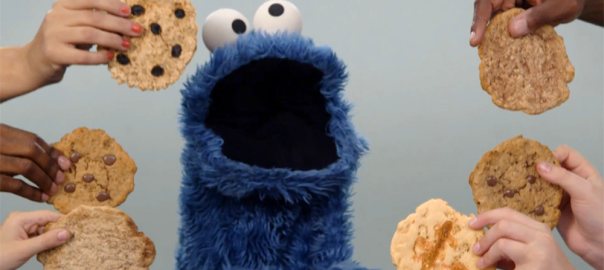I recently discovered this problem, and I really like it for a number of reasons. First, it requires a little bit of vocabulary in order to get started. Students will have to know what a multiple is, they will have to know what digits are—and more specifically, how digits can differ from numbers—and they’ll have to understand the difference between even and odd numbers. I also like how nonintimidating it looks at first glance. “How hard could it be to find a multiple of 9 that has only even digits? I shouldn’t have to count up very far.” Because the problem doesn’t look lengthy or challenging, it comes as a surprise when the correct answer is actually the 32nd multiple of nine. I anticipate a lot of students writing out 9, 18, 27, 36, 45, 54, etc, and then getting frustrated or giving up when they don’t get to the answer fairly quickly.
Continue reading how Tyler Holzer used The Multiples of Nine Problem in class »




